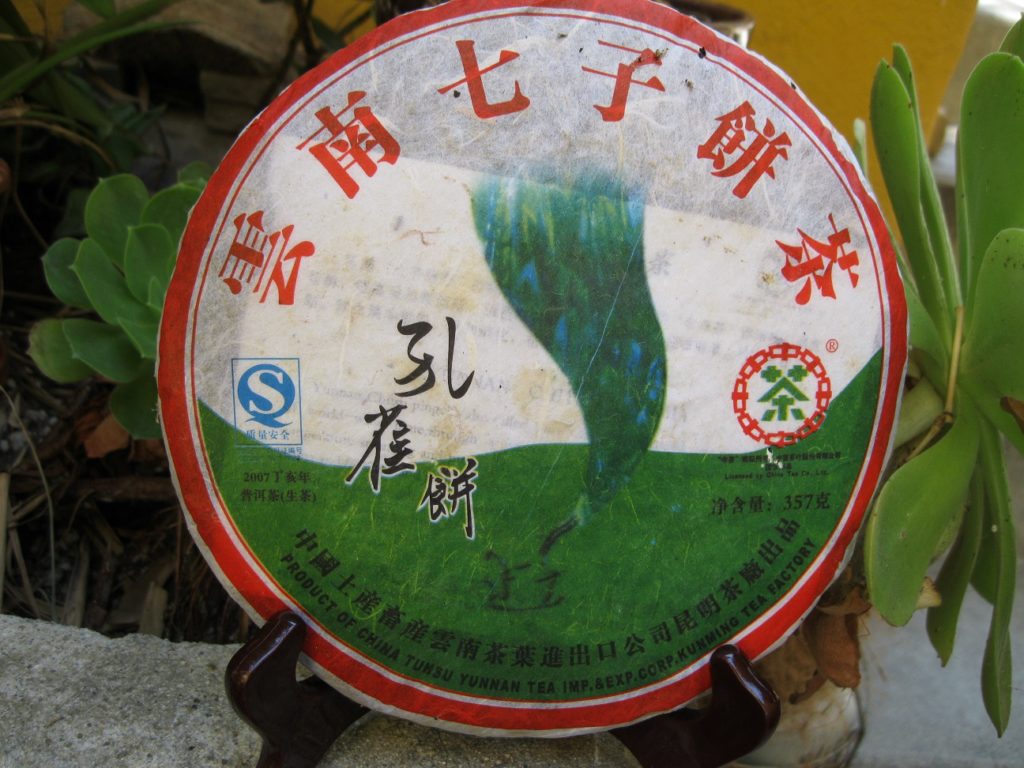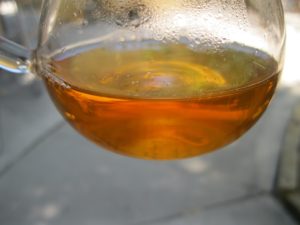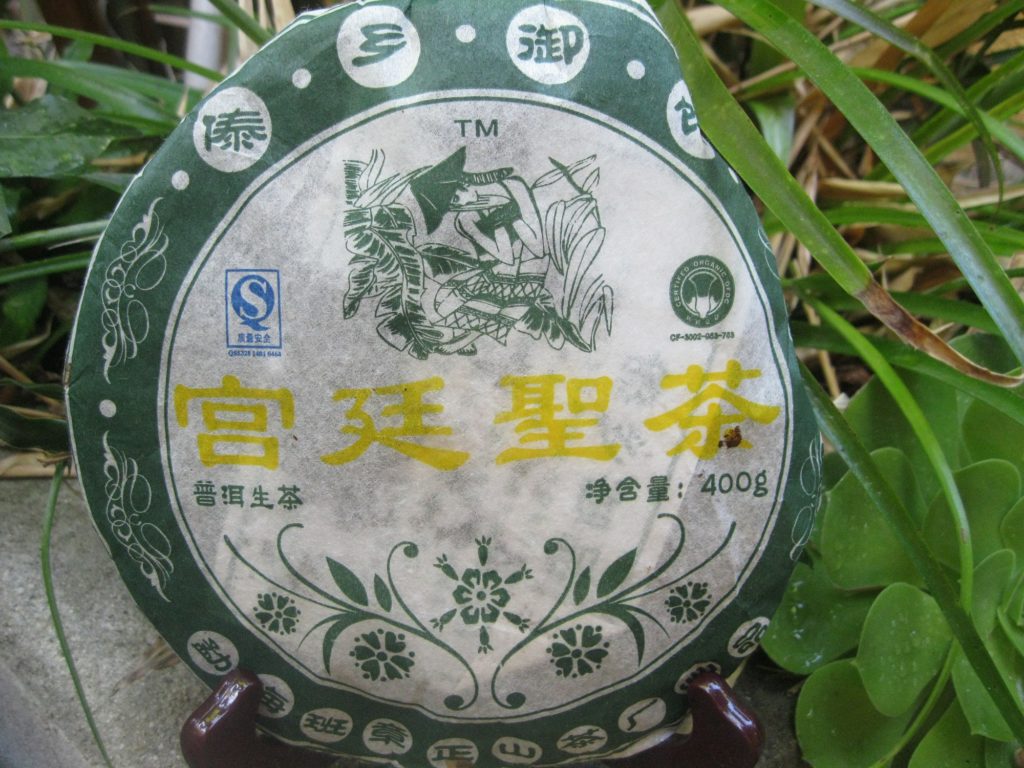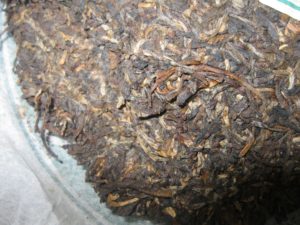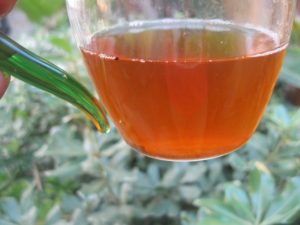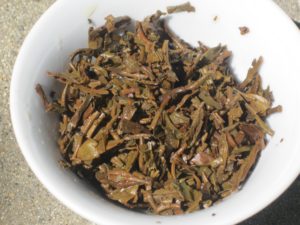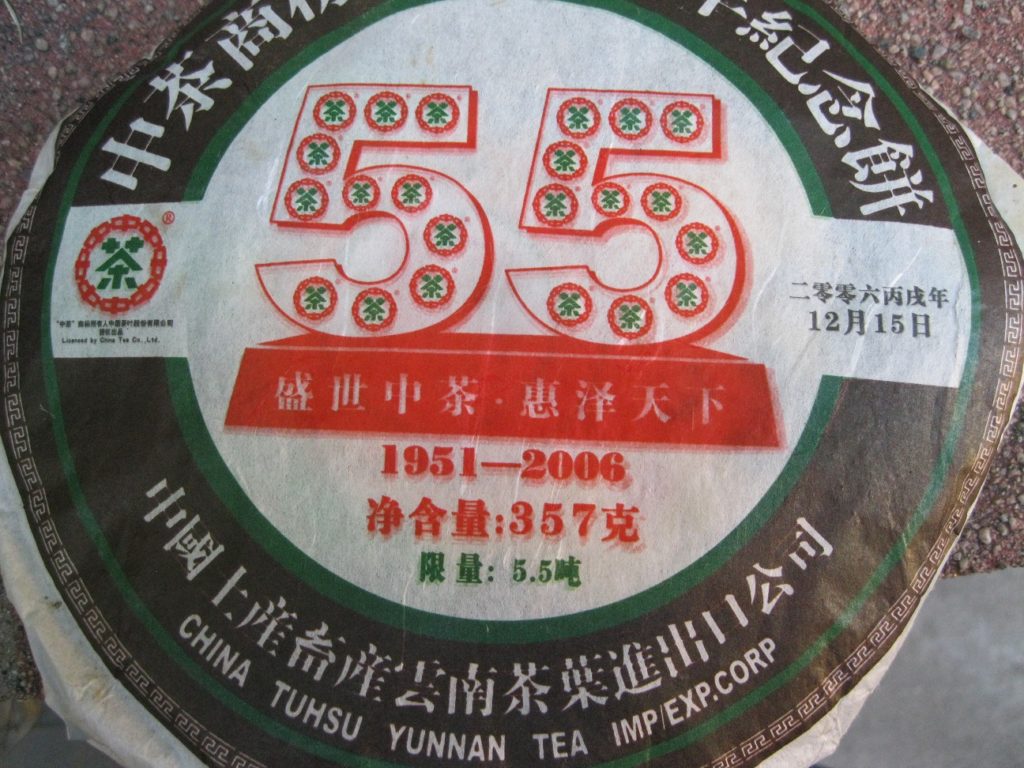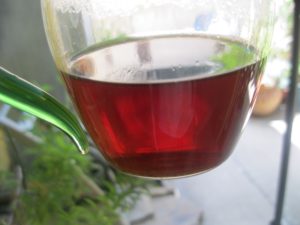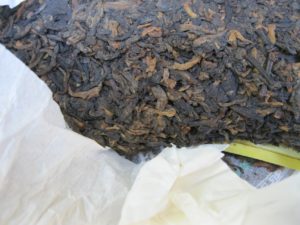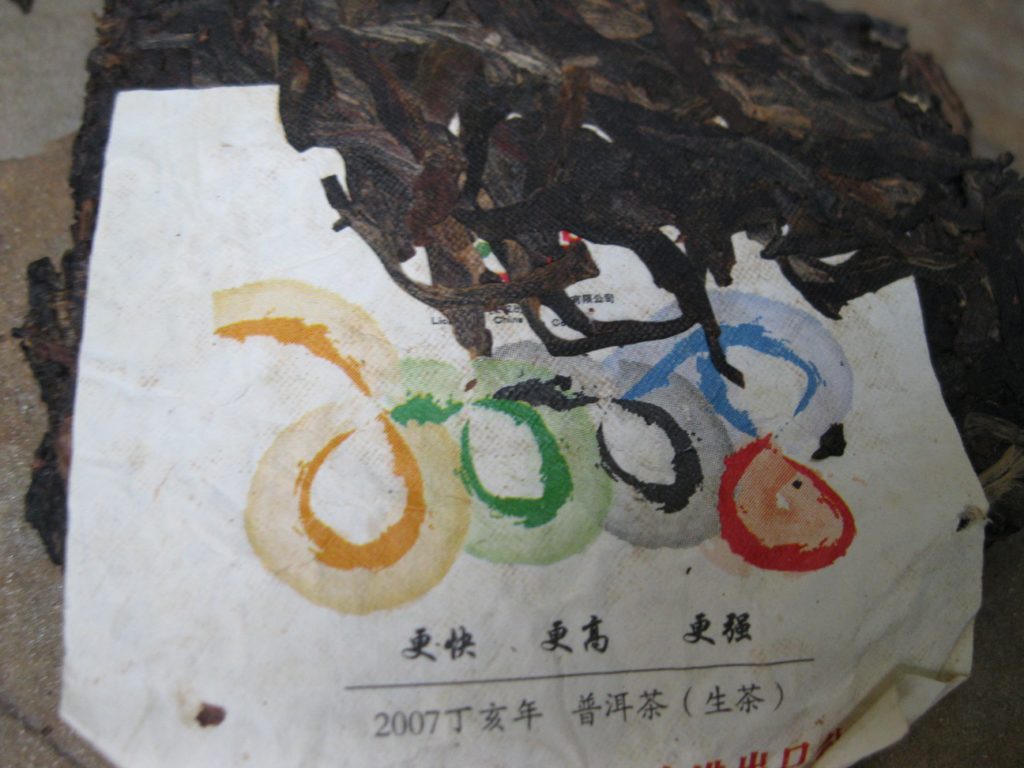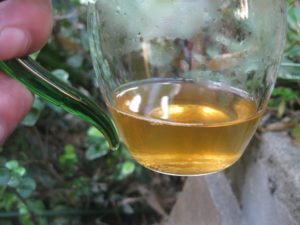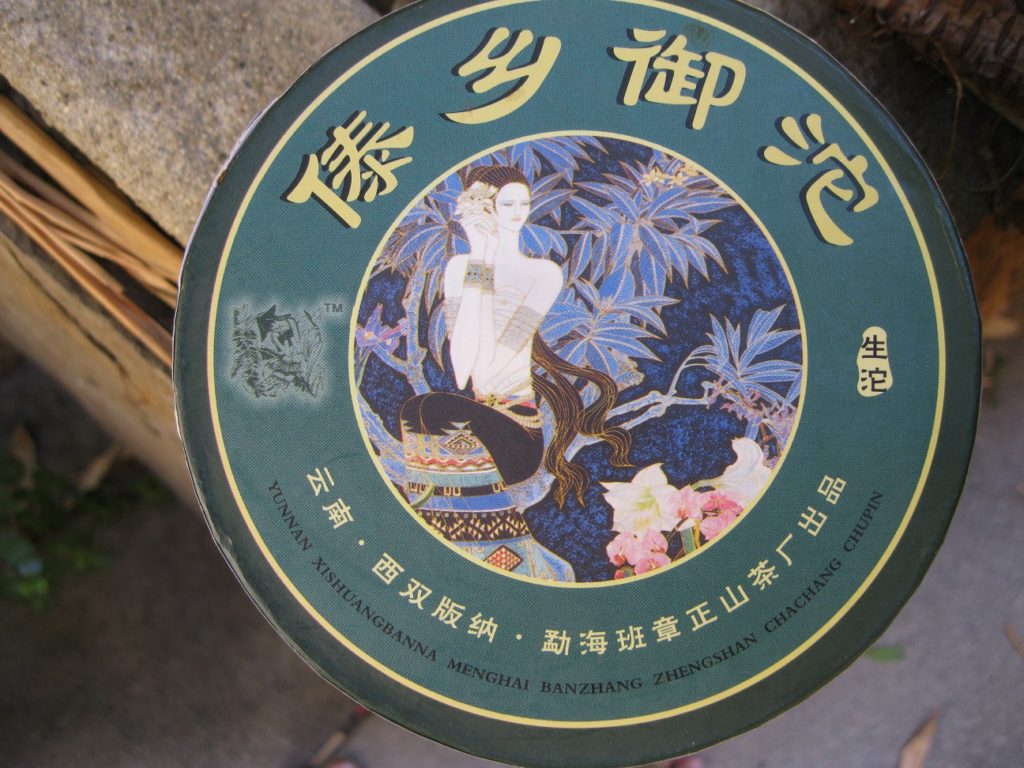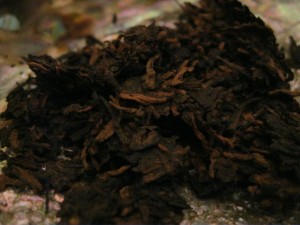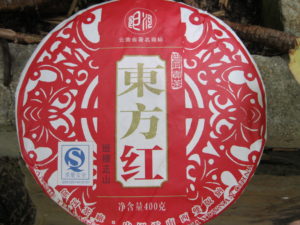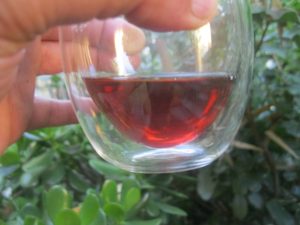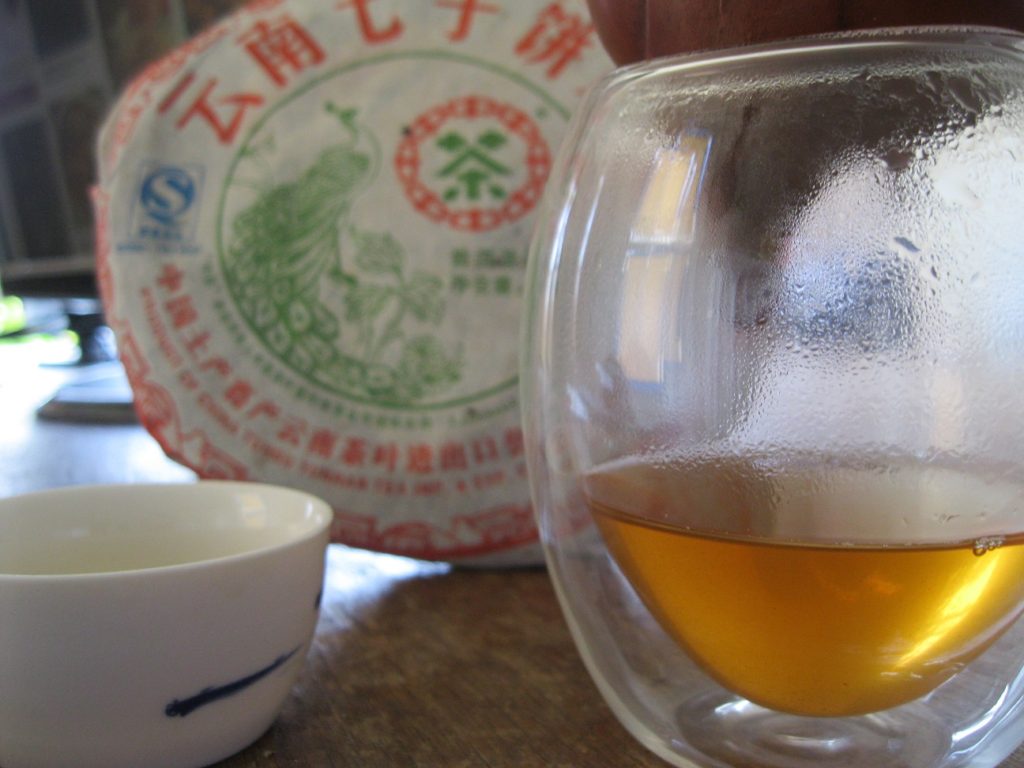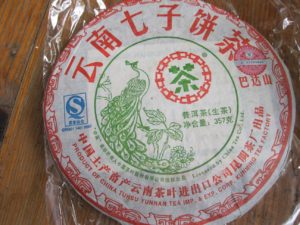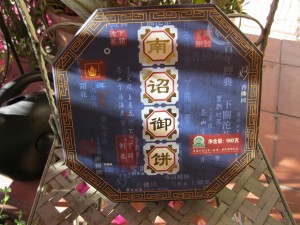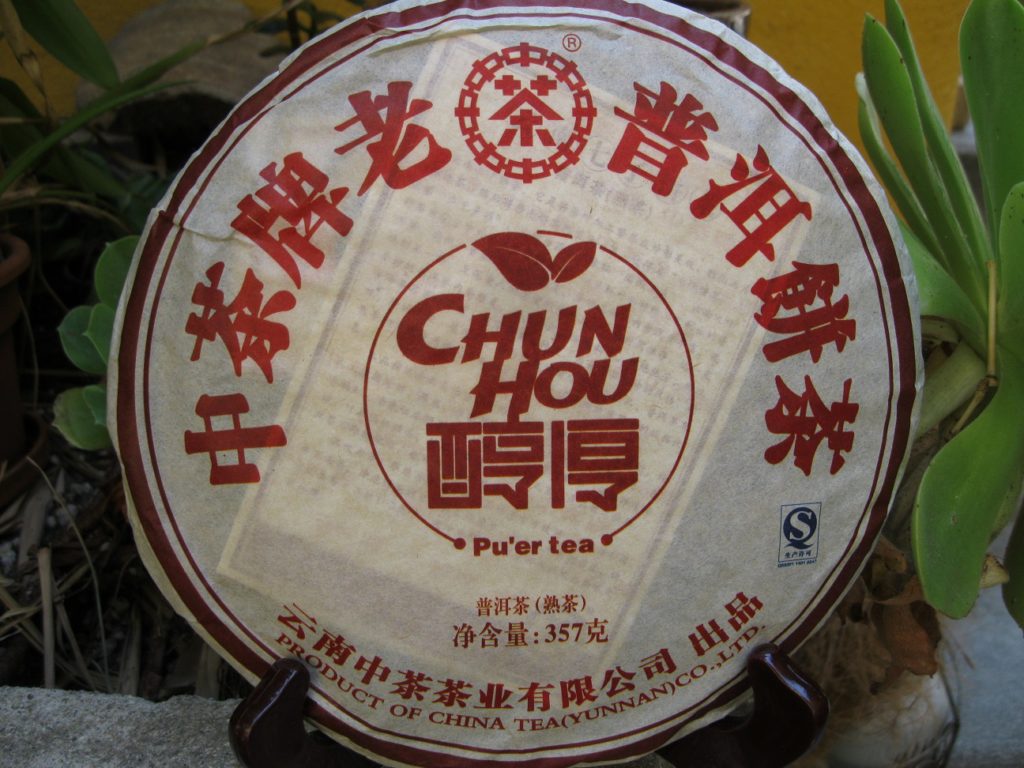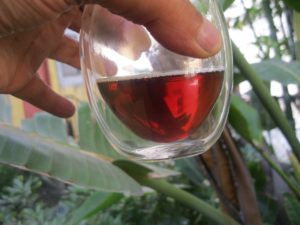Applicious Yiwu Puerh from ’03
It took five months for the Applicious Yiwu from ’03 to come into form. Form doesn’t necessary mean Root Beer class, however. This is decidedly not of the Root Beer class. It’s more of the Yang Pin Hao vibe: forever Zen. As I say this, I instantly recall that Glee is turning Root Beer.
I’ve been tasting this since April ’19. Rare is the instance where a puerh ships and is ready for drinking in short order. The Applicious Yiwu has had the opportunity to benefit from humidity at least 70% in temps well above 60 these past few weeks. Sometimes the temps are over 30c but the humidity doesn’t go below 62% and be as high as 85%. The tea loves this.
The Applicious’ huigan is mac. Basically everything about it from when I got is is a testament to proper storage on the front and back end. The dry storage ensures no stinkiness while age sets end; the back end brings out the life in the leaves through humidity and temperature– without the stank!
The Puerh Junky’s Spidey senses didn’t fail him here. The real gem is its sneaky sourness. This isn’t orange juice sour. It’s not in the liquor. It sneaks up in the huigan giving rise to an amazing cheeky sensation that is closest to the “salivation” sensation so oft mentioned. It isn’t astringent, just a sneaky sour, surprising and pleasant, a squeeze of lemon so to speak.
Those familiar with Yiwu productions might be surprised. I’m familiar and certainly surprised. If you want to understand the quintessence of fruity Zen then try this, but otherwise don’t bother. Many people like to be smacked with obvious sensations and that’s not the vibe of this production. It is of exquisite quality and typifies the “gentle” (柔) class of puerhs. No Root Beer treasure can be considered gentle.



